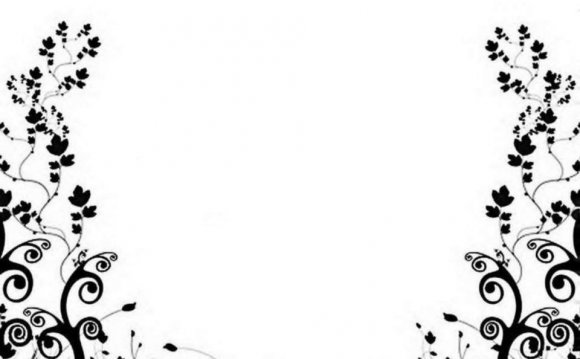
The New York Botanical Garden's 2014 fall exhibition, Kiku: The Art of the Japanese Garden, offers an spectacular variety of ancient kiku, or chrysanthemum, growing styles. Look for the dome-shaped ozukuri, or "Thousand Bloom" displays, as well as styles with a contemporary twist, including cones, walls, and bridges.
Pink Spider Mum
The circular ring shown here is a support holding the delicate blossom on a pink Spider-type mum, or kiku. The New York Botanical Garden works almost year-round to grow and shape the plants for their exhibit. The year 2014 marks the last kiku exhibit for a few years, as other fall-themed displays take the exhibition's place.
Kiku Cascade Design
The kiku at the New York Botanical Garden are started from small cuttings. As they grow, they're pinched and tied to frames to train them into various shapes. When the temperatures drop in fall, the flowers begin to open. This cascade of blooms, known as kengai, uses plants grown on boat-shaped frames. They're designed to resemble waterfalls of flowers and may grow to 6 1/2 feet long.
A Kiku Bridge
These kiku have been grown in a bridge shape behind a display of yellow Spider mums. Curved kiku bridges are adapted from the traditional kengai, or cascade, technique. In this variation, the plants’ branches are woven into a mesh that covers the bridge frame.
Big Blooms
These big chrysanthemums, called ogiku in Japanese, are stunning specimen plants grown to bear just one bloom atop one tall stem.
Kiku Cascade
Chrysanthemums trained in cascading shapes, or kengai, typically have small blossoms. It can take 10 months to train the branches of just one 3” stem onto a wire frame. When the process is complete, the frame is dropped into place to create the impression of a waterfall.
'Driving Rain' Kiku
These ‘Edo’ variety chrysanthemums are shown in a Japanese style known as “driving rain.” It uses plants with pointed petals to give the effect of a horizontal downpour when the flowers open. As the blooms mature, some petals stay open while others curl, so the display may seem to change colors.
'Horse Bridle' Kiku
These ogiku, or single-blossom chrysanthemums, are arranged in a design called tazuna-ue, or horse bridle. The pink, yellow and white flowers are grown in diagonal rows to represent the colors and bridle of the Japanese Emperor’s horse.
White Kiku, Thousand Bloom Design
These white kiku have been trained into an ozukuri (Thousand Bloom) design. Ozukuri are displayed in wooden planters, called sekidai, built to show off their magnificent, dome-shaped forms. To create the dome, the plants are grown on a frame in concentric horizontal rows.
Contemporary Kiku Design at NYBG
This grafted shape, while not featured in the 2014 NYBG display, is an example of a contemporary, experimental design using these celebrated Japanese flowers. Japanese gardeners have developed other, traditional training techniques over the centuries.
'Edo' Chrysanthemum, or Kiku
Kiku were brought to Japan from China in the 4th century. The ‘Edo’ variety is named for the Japanese Edo period (1603 to 1867), when the flowers were widely grown as potted plants. The royal family believed the plants contributed to long-life, and adopted a 16-petaled kiku as their emblem in the 1800s. Today, chrysanthemums embellish many Japanese items, including lacquerware, painted screens, fans, and garments.
Kiku Cone at New York Botanical Garden
This topiary-like cone of kiku, or chrysanthemums, is adapted from the traditional ozukuri, or "Thousand Bloom, or "Thousand Bloom" design, serves as the focal point for these chrysanthemums in the New York Botanical Garden Conservatory. Ozikuri were traditionally formed from one very large, single-stemmed plant that produced a multitude of blooms.















